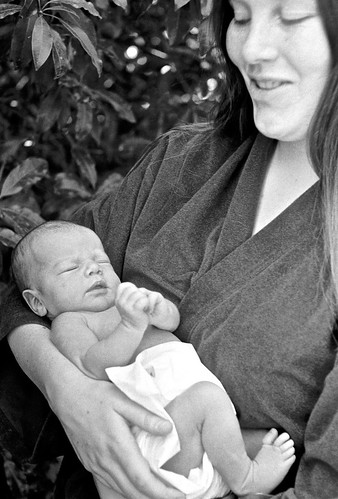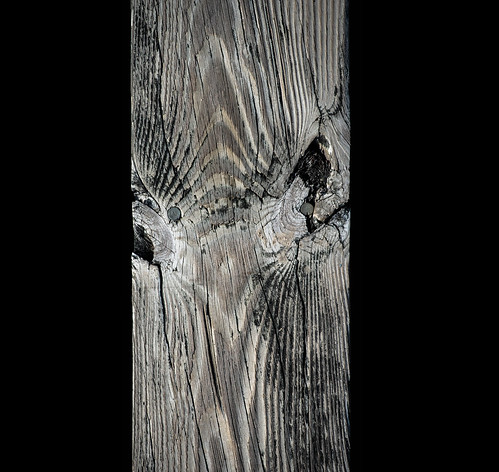Today is Kate’s 50th birthday!

(see a Flickr album)
=====
My life seems to be a long series of fascinations, sometimes discrete and self-contained, but often braided and intertwingled with one another. They seem to come out of Nowhere, but of course there’s always some grit-in-oyster provocation, which I can only occasionally reconstruct once the pearl has begun to take shape as a new fascination. The last few months have seen a joyous succession, beginning with explorations of pareidolia in November 2019 [though off and on for at least the last 5 years], which led to discovery of Roger Caillois, and thence [not quite sure how] to an immersion in Walter Benjamin in December 2019, and to Maria Popova’s Figuring in January 2020, and to explorations of my library of word books in February and March, which may or may not have sparked a diversion to Georges Perec, which then seems to have led to what has become a continuing bout with Oulipo (and OuXPo extensions), especially via Daniel Levin Becker’s Many Subtle Channels: In Praise of Potential Literature, which provoked a reading of Italo Calvino’s If on a winter’s night a traveler… and so it goes.
It’s worth wandering into the lexicographical weeds to record the history of the Ouvroir [which I gloss as ‘Workshop’] in Ouvroir de Littérature Potentielle, as summarized in the [just-arrived] OULIPO: A Primer of Potential Literature, Warren Motte’s anthology of translations of oulipist texts:
…an ouvroir—a word that has fallen into disuse—once denoted a shop and, as late as the 18th century, a light and mobile shop made of wood, in which the master cobblers of Paris displayed their wares and pursued their trade. The word could also denote that part of a textile factory where the looms are placed; or, in an arsenal, the place where a team of workers performs a given task; or a long room where the young women in a community work on projects appropriate to their sex; or a charitable institution for impoverished women and girls who found therein shelter, heat, light, and thankless, ill-paid work, the result of which these institutions sold at a discount, not without having skimmed off a tidy profit, thus depriving the isolated workers of their livelihood and leading them (as it was charged) into vice. Later, and for a short time only, ouvroir denoted a group of well-to-do women seeking to assuage their consciences in needlework for the poor and in the confection of sumptuous ecclesiastical garments. Curiously enough, it was this last notion, the “sewing circle,” that prevailed in the minds of the Oulipians: just like those diligent ladies, Oulipians embroidered with golden thread… (Noël Arnaud’s Foreword to Motte, pg xii)
The lexical playfulness of Oulipo is what attracts me most (despite the lamentable impenetrability to me of the French texts), and what connects me to offshoots (or Potential offshoots) like OuPhoPo (Photography) and OuMuPo (Music). As Raymond Queneau put it,
The word ‘potential’ concerns the very nature of literature, that is, fundamentally, it’s less a question of literature strictly speaking than of supplying forms for the good use one can make of literature. We call potential literature the search for new forms and structures which may be used by writers in any way they see fit. (Arnaud again, pg xiii)
This exemplifies the OuMuPo connection:
Probably one of the craziest improvisation that we ever recorded. It was the last track we played during a week long session. We threw all the rules into the wood stove and blew out the windows. Robert Kehler came up with the title. But in fact, we do believe that children SHOULD be exposed to this sort of music, and especially the ones that are studying in conservatories…
Elsewhere I’ve noted my personal entanglement with OuPhoPo, to which constructions like this advance my claim:

and
and
and



What a rich day . . . do pass our regards along to Kate.